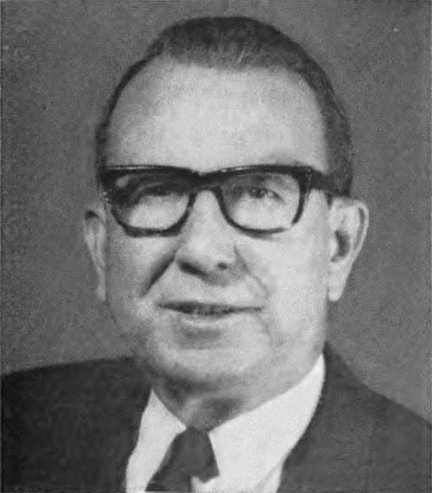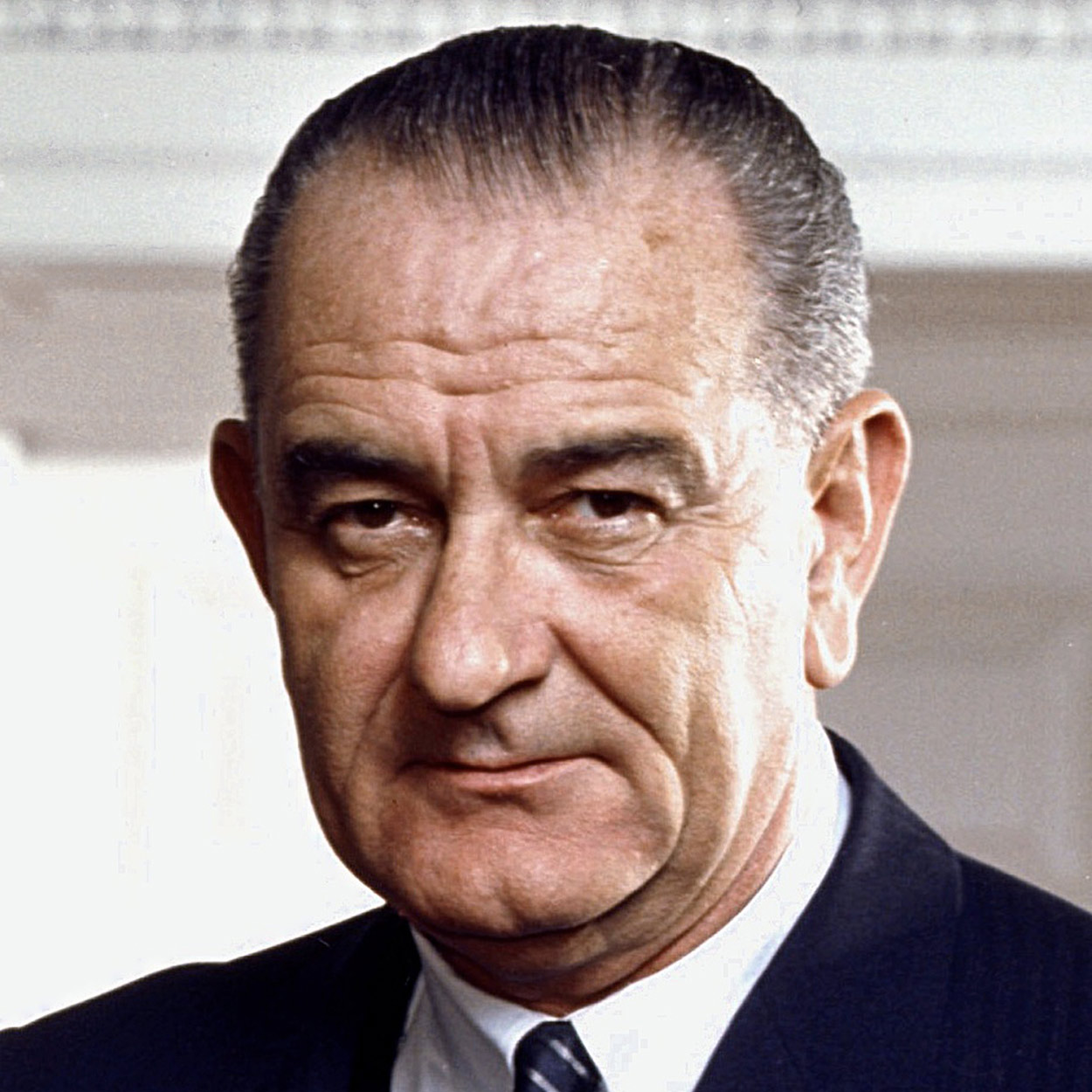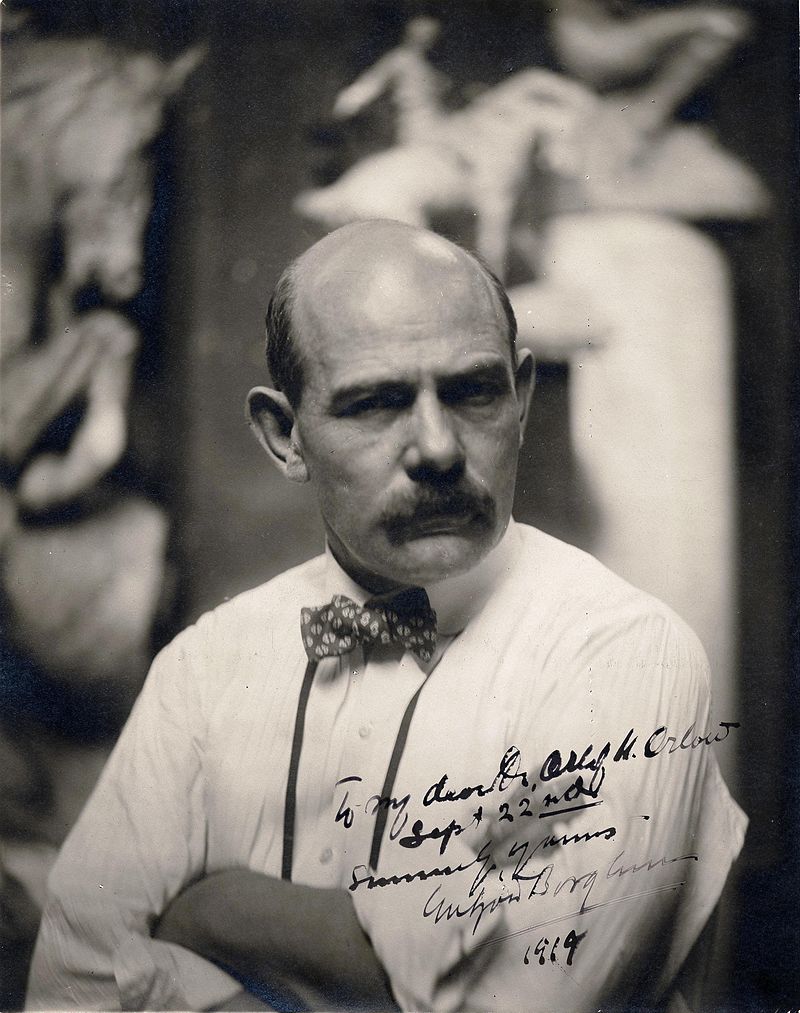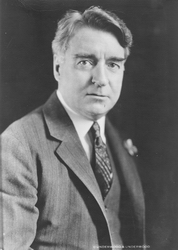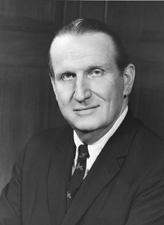When folks say “the parties switched” this is generally meant to mean that they switched liberalism and conservatism. However, as I have written before, this narrative has a lot of problems and largely revolves around race: the shifting of who black voters supported and an expansion of who was considered worthy of representation by Democrats. However, one way you can say “the parties switched” is on region. New England was at one time the most conservative region in the United States and the South was the most progressive. The switch here began in the 1930s as it became increasingly clear that the New Deal would, rather than serve as an emergency program, persist. Another region that shifted ideologically was the Midwest and one of the most notable states to have this shift was Nebraska. Nebraska was from its 1867 statehood to 1891 a solid Republican state, even if some of its elected officials, like Senators Thomas W. Tipton and Charles Van Wyck, might stray a bit from party orthodoxy. The 1890 midterms, however, indicated that there was much dissatisfaction in Nebraska with the status quo. Farmers, as I had covered in my post on Populism, were having a tough time economically. They elected in that midterm William Jennings Bryan to Congress, only the second Democrat to achieve this feat in Nebraska. The Populist Party would from 1891 to 1903 have a presence in Nebraska and in 1892 their nominee James B. Weaver came close to winning the state. Although Bryan lost reelection in the 1894 midterms that were catastrophic for the Democrats, he nonetheless found a receptive audience for his push to bring the Democratic Party away from the Bourbon politics of Grover Cleveland. In 1896, Bryan won Nebraska, the first Democrat to do so.
Although prosperity brought Nebraska back to the Republican column for the 1900 and 1904 elections, an increasing movement toward progressivism in the state was occurring and some of its elected officials in the GOP were not satisfied with the conservatism of Republican leadership in Congress, the most notable of these being Congressman George W. Norris, who would after a momentous ten years in the House move up to the Senate and had a lifetime MC-Index score of a mere 31%. The election of Norris Brown to the Senate in 1906 was also another sign the state was not exactly getting on with the direction of the Republican Party, and in 1908 Bryan again won the state.

Nebraska Republicans were not uniformly conservative or progressive, but in the Senate progressives did quite well. From 1906 to 1936 nearly all senators elected from Nebraska were progressives of some sort. Gilbert Hitchcock, the son of Republican Senator Phineas Hitchcock, became the first Democrat to be elected to the Senate from Nebraska in 1911 and was the leading Senate supporter of the Versailles Treaty as the leading Democrat on the Foreign Relations Committee. In 1924, Norris had backed Progressive Robert La Follette instead of Coolidge and the following election had backed Democrat Al Smith instead of Hoover. Conservative Republicans wanted to ditch him and even tried to recruit a grocer also named George W. Norris to run in the Republican primary against him in 1930, which had it succeeded, according to Dalstrom (1978), “all votes cast for either Norris would have been invalid since Nebraska law forbade any designation on the ballot as to occupation or background” (231). He would be the most cooperative of the Senate Republicans with FDR, as he sponsored the Tennessee Valley Authority Act, reflecting his belief in publicly-owned power and voted for most New Deal legislation. In 1936, Norris switched to Independent and was reelected but his state was beginning to move in a different direction. Indeed, by this time he was the most liberal person representing Nebraska in Congress, and the state had elected quite a few Democrats. Although Roosevelt won Nebraska in 1936, his performance had declined from 1932. In 1938, the midterms produced the elections of some very conservative Republicans to the House in George Heinke and Carl Curtis. The former met a tragic and premature end in a car accident in 1939, but Curtis would represent Nebraska for forty years. In 1940 the state produced almost the inverse result of the 1936 election in Willkie’s favor and elected Hugh Butler to the Senate. Butler was a staunch foe of the New Deal as well as FDR’s foreign policy, a major departure from the Norris-oriented Republican politics. In 1942, at the age of 81, Norris faced a major challenge in one of his former proteges, Kenneth Wherry.

You wouldn’t have known it from his U.S. Senate record, but he had a progressive reputation while in the state Senate from 1928 to 1930, and Norris said of him in 1931, “Senator Wherry is one of the most promising men in public life to honor Nebraska in a long time. Having served as an outstanding member of two sessions of the Legislature, he has demonstrated himself to be a forceful representative of the people’s interests, a man of outstanding ability, always fighting for what he conscientiously believes to be right” (Dalstrom). However, as early as 1934 it was becoming clear that Wherry was critical of the Roosevelt Administration and would only move in a more conservative direction in the years to come. Norris himself was aging, but he had previously considered retirement in 1936 only to be persuaded to run as an Independent. In 1941, he announced that he felt he shouldn’t seek reelection given that he would be 81 years old at the end of his term and declining health, but once again he was convinced by supporters to run again. Norris had, however, several problems. First, there were doubts as to whether he would survive another term given his age and health. Second, the Democratic organization was not interested in supporting him this time, choosing their own nominee, Foster May, a popular radio commentator. Third, Nebraska had become a much more conservative state since his 1936 reelection. The government had for many Nebraskans become too paternalistic, the New Deal generally had become unpopular in the state, and even the most popular of the programs, the Agricultural Adjustment Act, had caused issues such as the price of corn rising faster than the price of cattle (Simmons, 59). And fourth, the drafting of farm labor for World War II was a major campaign issue and as a supporter of the Roosevelt Administration, this was a liability for him. On Election Day 1942 Norris came in second. He was deeply disappointed to lose, and reflected on the result, “The only compensation I ever expected to receive was the heartfelt thanks of my constituency who I thought believed in my philosophy of government. They have followed me so often in the past. I cannot believe that in this most important fight of my life they would desert me” (Dalstrom). Concerns about Norris’s mortality proved correct, as he died on September 2, 1944, less than two years after losing reelection but not too soon to finish his autobiography, Fighting Liberal, which was published posthumously. Butler and Wherry proved themselves ultra-conservatives in the Senate, with them scoring 94% and 98% respectively on the MC-Index. The latter would be elevated to Minority Whip in 1944 due to his unusually strong ability to effectively attack the Roosevelt Administration and then would be elevated to Minority Leader in 1949, a quick ascension in six years.
The issues of Butler’s and Wherry’s succession were messy affairs as I have covered in an earlier post, but the next two senators who would make a mark were Carl Curtis and Roman Hruska, who were like Butler and Wherry in their political orientation. In fact, it was Curtis and Hruska who prevented George W. Norris from being included in the Kennedy Committee’s determination of the five best senators. The progressive Republican who won a spot was La Follette. Despite the state’s continuing Republican orientation, the game was not over for the Democrats.
A Democratic Comeback, And Return to Republican Form
By the 1970s, Curtis and Hruska were getting to be in their seventies and chose to call it quits. Their retirements opened opportunities for Democrats, and they made effective use of them. Nebraska Democrats had a surprisingly healthy period between 1979 and 1997: for all but two years, both the state’s senators were Democrats. They were Jim Exon, Ed Zorinsky, and Bob Kerrey. However, only Kerrey, who attempted a comeback in 2012, would fit in the modern Democratic Party: Zorinsky was a conservative and had been a Republican up until he ran for the Senate and Exon was overall a moderate but outspoken in his opposition to gay rights. Upon the latter’s retirement, Nebraska would have one Republican and one Democratic senator until after the 2012 election, when Republican Deb Fischer succeeded Democrat Ben Nelson. The state, however, has been staunchly Republican in its presidential politics. Since the state’s voters voted to reelect Roosevelt in 1936, they have only seen fit to vote Democrat one more time for president: LBJ in 1964.
References
Dalstrom, H.A. (1978). The Defeat of George W. Norris in 1942. Nebraska History 59: 231-258.
Retrieved from
Feinman, R.L. (2018). The Senate’s Incomplete Hall of Fame. History News Network.
Retrieved from
https://historynewsnetwork.org/article/169939
George Norris. U.S. Senate.
Retrieved from
https://www.senate.gov/artandhistory/history/minute/George_Norris.htm
Simmons, J. (1981). Dawson County Responds to the New Deal, 1933-1940. Nebraska History 62: 47-72.
Retrieved from
The Congress: Fundamentalist Republican. (1951, December 10). TIME.
Retrieved from
http://content.time.com/time/subscriber/article/0,33009,815680,00.html


